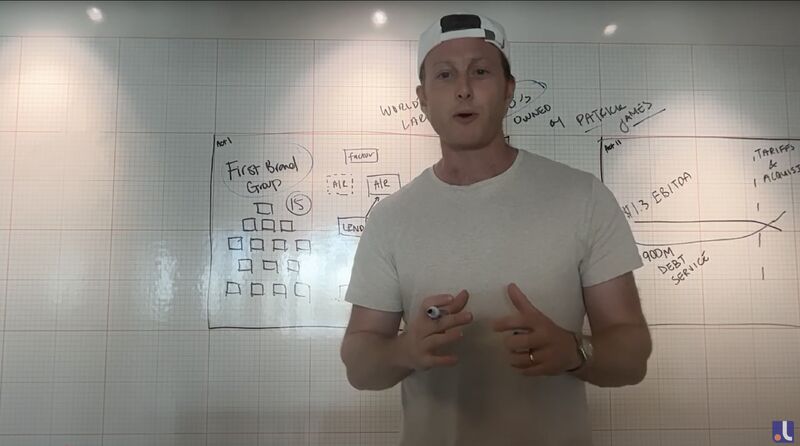The First Brands Group meltdown has been fascinating to watch, with new details unraveling every day. Below, CEO of Daylit (formerly Lendica), Jared Shulman, breaks down what happened with First Brands Group, Jefferies, and Raistone. He summarizes public allegations, a simple timeline, and how the complex corporate structure worked. (All claims are based on publicly available reporting and filings, allegations remain unproven unless otherwise noted.)
📚tldr/ FBG, a maker of after market parts (think Tommy Boy / Callahan Autoparts), fueled an aggressive acquisition strategy with a mountain of debt ($900m debt service cost on $1.3B EBITDA) to build a global empire.
Patrick James, the founder/CEO, owned 100% of the equity of the business - possibly the world's largest "SMB."As FBG scaled, the corporate structure grew increasingly complex - 25 brands, global supply chain, on & off balance sheet lending facilities - which allowed the operators to double-pledge certain assets (A/R invoices).
Everything was working until tariffs put pressure on bottom line and they started missing loan payments. When a bad Quality of Earnings report sent Jefferies running for the hills, the whole thing came CRASHING to the ground. They filed for Chapter 11 and surely are bracing for a sea of complaints from their web of creditors.
Jared's GUESS is the owner assumed that he could grow out of their over/secret leverage through acquisition - but in reality acquisitions are rarely as accretive as they appear on paper and synergies take years / decades to achieve.
Like any ponzi scheme (not substantiated but it looks like they were double pledging invoices...), all it takes is a little external pressure (in this case tariffs) to send things unraveling. There are a lot of lessons on the private credit markets that we can learn here, will continue to track the story and follow up with more.
{{accelerate-growth-with-working-capital}}




